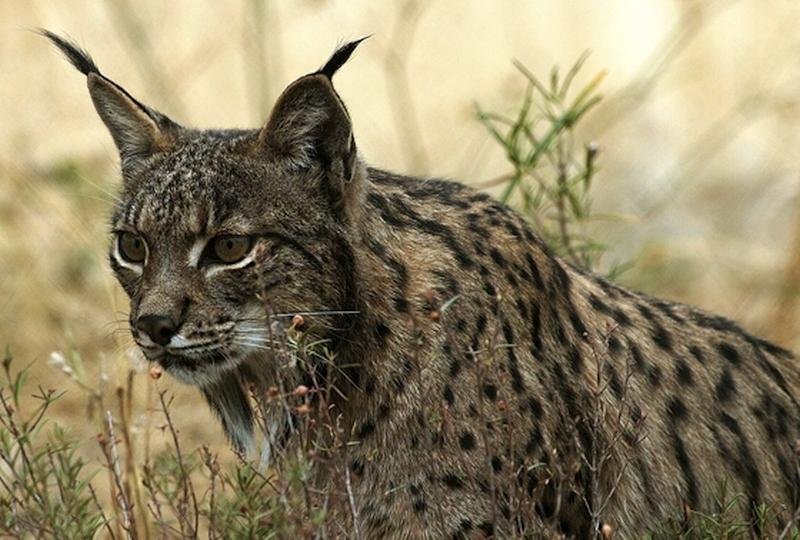Mammoth Wasp (Megascolia (Regiscolia) maculata flavifrons) Avispa parasita de cuatro puntas
This is a very large solitary wasp, the female reaching up to 4.5cm whereas the male is a little smaller. This species appears in warm weather during late May, June, July and August. They hold no danger to humans despite their size and black / yellow warning colours. (Above image Megascolia bidens) They feed eagerly … Read more



